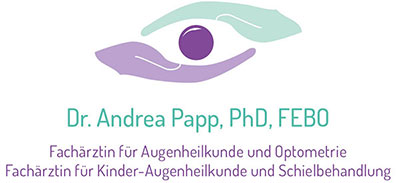1) Chalazion
A chalazion is a painless swelling of the eyelid, about the size of a pea, caused by blockage of the so-called Meibomian gland. The nodule is located at the edge of the eyelid and enlarges over several weeks. Usually, the nodules are benign and will disappear over time (about 2 months). Placement of warm compresses, eyelid margin hygiene and massage are recommended as a treatment. However, less than half of all patients will require a minor surgical procedure or a corticosteroid injection under local anesthesia.
Very rarely a malignant growth may be in the background, therefore in case of any suspicion a histological examination is performed during the surgery
2) Xanthelasma
Xanthelasmas are yellow, sharply defined deposits of fat or cholesterol in or under the skin. Xanthelasma could be an indicator of a lipometabolic disorder, but can also occur in healthy individuals. Xanthelasmas usually do not disappear on their own and are not treatable with medication. They can be surgically removed.
3) Eyelid correction (blepharoplasty)
Due to age-related and/or constitutional tissue weakness, an excess of skin and fatty tissue appears in the area of the eyelids. The look appears tired and sad. In advanced cases, the visual field can be significantly limited by the sagging eyelids. An upper eyelid lift (blepharoplasty) is thereby either a rejuvenating, cosmetic procedure or a functional procedure.
During upper eyelid blepharoplasty, the incision passes along the natural fold of the eyelid. Excess skin and fatty tissue are removed. This is followed by closure with a very fine suture, which will be removed after 6 days.
4) Ptosis (drooping eyelid)
A “drooping eyelid” (ptosis) can occur – most often – as a result of age-related muscle weakness. In younger patients it is more frequent in contact lens wearers. Seldom, the cause is a congenital or acquired paralysis. In many cases, it is only aesthetically disturbing but in severe situations, ptosis can limit the visual field and therefore reduce visual acuity.
A drooping eyelid can be surgically corrected and lifted. Eyelid surgery can also be performed under local anesthesia for other malpositions of the eyelid such as inward or outward rolling of the eyelid (entropion/ectropion).
